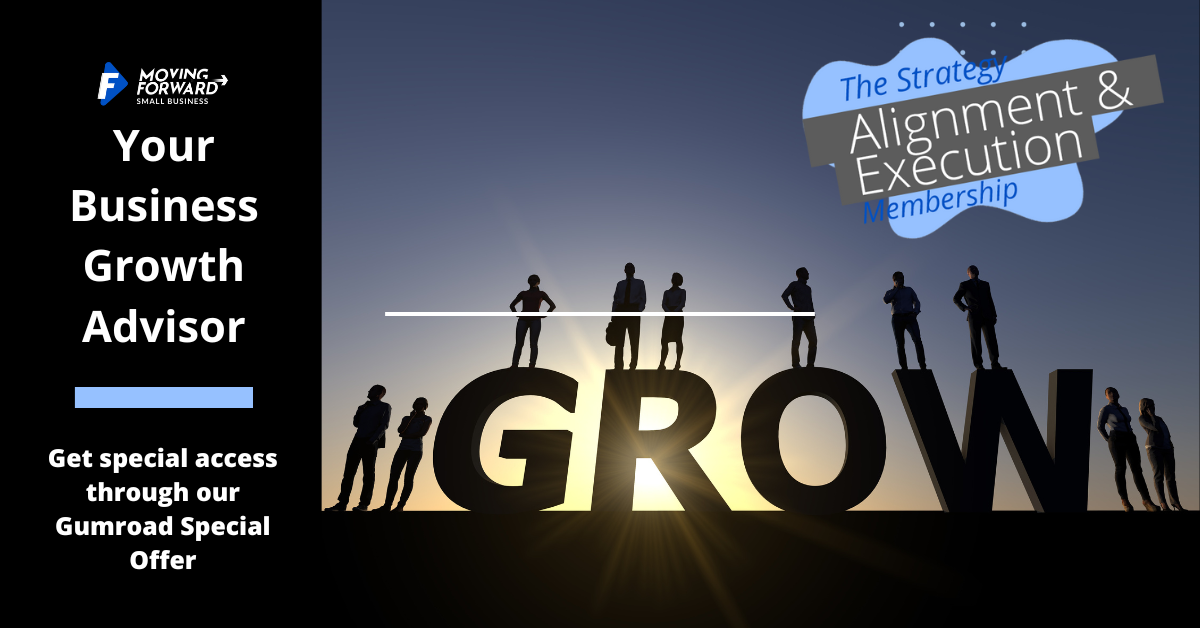Key Highlights
- This blog post looks at inbound sales strategies made for small businesses.
- Find out how to attract and connect with potential customers naturally.
- Learn to use content, social media, SEO, and more to help increase sales.
- We will share practical examples to help you with your inbound sales path.
- Get set to increase your brand visibility and change leads into loyal customers.
Introduction
Are you struggling to find effective inbound sales strategies for your small business? Look no further! In this article, we will delve into 10 inspiring examples of small businesses that have mastered the art of inbound sales. From leveraging social media and content marketing to utilizing SEO optimization and email campaigns, these examples of inbound sales strategies have proven to be game-changers for boosting sales. Whether you’re a budding entrepreneur or a seasoned business owner, these insights will provide you with actionable tips to enhance your sales approach and drive growth. Get ready to be inspired by real-world examples of successful inbound sales techniques that could take your small business to new heights!
10 Effective Inbound Sales Strategies for Small Businesses

Inbound sales focus on building trust and relationships instead of using cold calling or annoying ads. You can build your brand as a reliable source by offering helpful content that meets your target audience’s needs, ultimately increasing brand awareness. When potential customers interact with your content, they naturally move through the sales funnel, turning into loyal customers over time.
Let’s take a look at ten effective inbound sales tactics to help your small business.
1. Leveraging Social Media for Lead Generation & Social Selling
Social media presents a lucrative avenue for lead generation in inbound sales through social media marketing. By strategically utilizing social platforms, businesses can engage with their audience, build brand awareness, and drive traffic to their websites. Social selling involves leveraging these interactions to nurture leads and guide them through the sales process. Through relatable content and active engagement, companies can establish credibility and trust with potential customers, ultimately converting them into loyal patrons. Embracing social media as a key tool in the sales arsenal can significantly enhance inbound sales efforts.
2. Content Marketing to Attract Potential Customers and Convert
By strategically deploying content marketing, small businesses can effectively allure potential customers and boost conversion rates. Crafting compelling and informative content tailored to the target audience’s needs and preferences is crucial. Utilizing blogs, videos, infographics, and other forms of content can attract and engage prospects at different stages of the buyer’s journey. By providing valuable insights and solutions to their pain points, businesses can establish credibility, build brand awareness, and ultimately drive conversions. Leveraging SEO techniques further enhances visibility and ensures that the content reaches the right audience. Use AI content creation tools like Scalenut, for example.
3. SEO Optimization for Commercial and Transactional Keyword Intent
Optimizing your website for search engines is crucial for search engine optimization and driving commercial transactions. By focusing on relevant keywords, metadata, and content structuring, you can attract potential customers actively searching for your products or services. SEO enhances visibility and ranks your business higher, increasing the likelihood of conversion. Strategic SEO practices align your website with the transactional intent of users, guiding them seamlessly through the sales funnel. By incorporating NLP terms in your content, you can better target your audience and drive organic traffic to your site. We recommend using AI SEO tools like SEMrush.
4. Email Marketing Campaigns That Nurture and Convert
Crafting personalized email marketing campaigns is a crucial element of the inbound sales process. By delivering tailored content, addressing pain points, and providing valuable insights, businesses can nurture leads effectively. Utilizing segmentation and automation tools helps in targeting specific audience segments with content that resonates, leading to higher conversion rates. Implementing A/B testing for subject lines and content can further enhance campaign performance, ensuring continuous optimization for better results. Creating compelling emails that engage and convert is key to driving success in inbound sales.
5. Utilizing Webinars to Close Warm and Hot Leads
Webinars serve as powerful tools in the inbound sales process, particularly for closing warm and hot leads. These interactive online events allow businesses to engage with potential customers in real-time, addressing their specific needs and concerns. By providing valuable insights and solutions during webinars, companies can nurture leads effectively, moving them closer to conversion. Utilizing webinars strategically helps build trust, showcase expertise, and ultimately drive sales. This form of content delivery is highly engaging and can significantly impact the decision-making process of leads.
6. Implementing Live Chat for Real-Time Engagement and Support
Live chat is a pivotal tool in providing real-time customer engagement and support. By integrating this feature on your website, businesses can address queries promptly, offer instant assistance, and guide visitors through their buyer’s journey. Live chat aids in building trust, resolving concerns, and converting potential leads into loyal customers. It enhances user experience, showcases personalized interactions, and sets you apart from competitors. This interactive platform streamlines communication and ensures a seamless customer journey, boosting satisfaction and retention.
7. Creating E-books and Guides for Middle of the Funnel Conversions
When prospects reach the middle of the sales funnel, offering them valuable resources like e-books and guides can be a game-changer. These customized materials address specific pain points, providing solutions that align with their needs. By delivering in-depth content that educates and assists, businesses can nurture leads effectively toward the final step of conversion. E-books and guides not only showcase expertise but also build credibility, establishing trust with potential buyers seeking detailed information and insights.
8. Hosting Virtual Events to Expand Reach
Virtual events are getting more and more popular. They help you connect with a wider audience. These events can take different forms, such as:
- Webinars
- Online conferences
- Product demonstrations
- Q&A sessions
When you host virtual events, you can offer useful content. You can also interact with potential customers right away. This helps you reach people far beyond your location. To get more people to attend your events, promote them smartly through social media, email, and partnerships. This way, you can increase attendance and generate more leads.
9. Developing a Referral Program to Leverage Existing Customers
Happy customers are your best supporters. Starting a referral program can help you take advantage of their good experiences and bring in new customers. An inbound sales rep can facilitate the process. Talking about you through word-of-mouth is very strong. Giving rewards for referrals can bring in many new clients.
Think about giving rewards, discounts, or special perks to customers who tell others about your business. This creates loyalty and helps them share your brand with people they know.
10. Using Customer Testimonials and Case Studies for Trust Building
Prospective customers often seek social proof before making purchasing decisions. Customer testimonials and case studies provide that crucial validation, showcasing the positive experiences of others who have used your products or services. Highlight positive feedback through:
| Type of Content | Description |
| Text-based testimonials | Feature brief quotes from satisfied customers on your website and marketing materials. |
| Video testimonials | Create compelling videos featuring customers sharing their experiences. |
| Case studies | Develop in-depth analyses of how your products or services have helped specific clients achieve success. |
Sharing these authentic experiences builds trust and credibility, showing potential customers that others have had positive outcomes with your offerings.
First Steps to Implementing an Inbound Sales Strategy

1. Identify Your Target Audience: Understanding your ideal customer’s needs, preferences, and pain points is essential for creating relevant content that resonates with them.
2. Develop Quality Content: Create informative and engaging content such as blog posts, videos, infographics, and whitepapers that address your audience’s challenges and provide solutions.
3. Optimize Your Website: Ensure your website is user-friendly, mobile-responsive, and optimized for search engines to attract organic traffic.
4. Utilize Social Media Platforms: Engage with your audience on platforms like Facebook, Instagram, and LinkedIn to share valuable content, interact with customers, and build relationships.
5. Implement Email Marketing Campaigns: Create personalized email campaigns to nurture leads, promote new products or services, and keep your audience engaged.
6. Provide Exceptional Customer Service: Offer timely support through channels like live chat, email, or phone to address customer inquiries and concerns promptly.
7. Leverage Customer Feedback: Actively seek feedback from your customers to understand their experience with your products or services, identify areas for improvement, and build trust by showing that you value their opinions. Incorporating customer feedback into your sales strategy can help you tailor your approach to better meet their needs and preferences. By listening to your customers and making adjustments based on their input, you can strengthen relationships and drive sales growth in the long run.
Conclusion
In conclusion, these effective inbound sales strategies can help small businesses succeed in attracting and keeping customers. By using social media, content marketing, SEO, email campaigns, webinars, live chat, and more, businesses can improve their online visibility. They can also build strong connections with their audience. When these tactics are put into action, they can increase lead generation, boost customer loyalty, and help the business grow overall. Small businesses that use these strategies can do well in a tough digital market. If you want to increase your sales, start using these successful inbound sales tactics today.
Join our Strategy Alignment and Execution membership community today and start with our 6+ hours of training on “Inbound Strategies for Your Small Business.”
Frequently Asked Questions
What Makes Inbound Sales Effective for Small Businesses?
Inbound sales connect with today’s buyers by focusing on useful content. They build trusting relationships in sales, use different marketing strategies to support this, and also help customers go through their buying journey smoothly.
How Can Small Businesses Measure the Success of Inbound Sales Strategies?
Track important numbers in your sales funnel. This includes how many people visit your website, how many leads you get from your different marketing efforts, how well you convert those leads, and how many qualified leads become paying customers.
Can Inbound Sales Be Combined with Outbound Sales Techniques?
Absolutely! Mixing inbound and outbound sales methods can work really well. Inbound marketing helps to generate warm leads. These leads can then be used for outbound outreach. This raises conversion rates and boosts your overall sales efforts.


